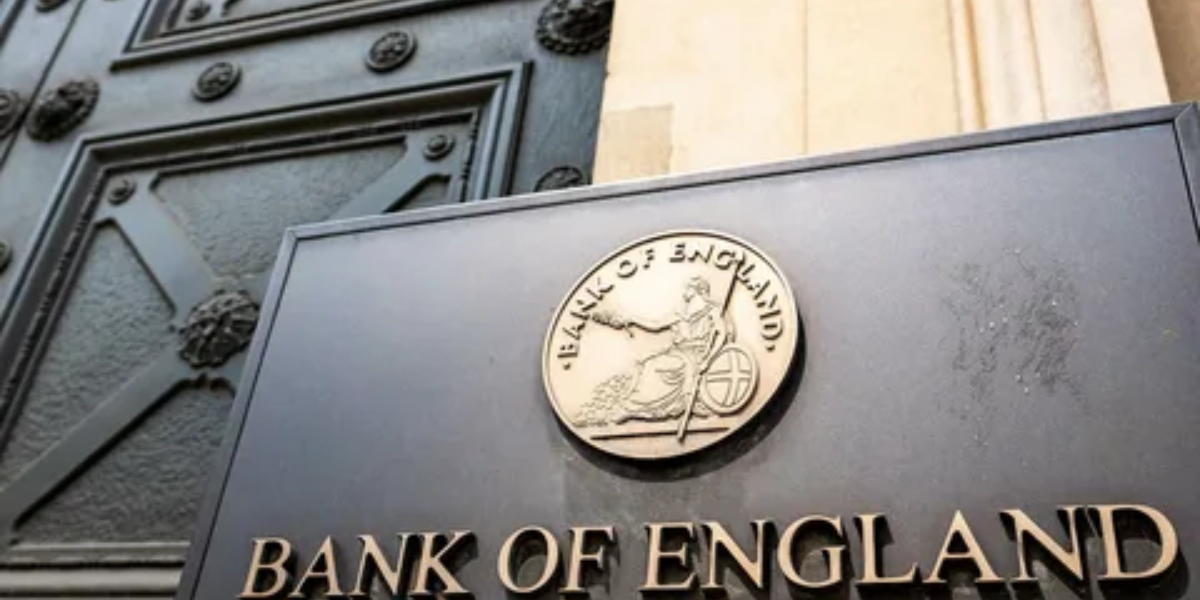The Bank of Canada’s Rate-Hike Announcement

Recently, the Bank of Canada (BoC) made headlines with its proclamation that its rate-hike phase is nearing its end. This announcement, echoing through financial markets and households alike, marks a crucial juncture in Canada’s economic trajectory. Understanding the implications of such statements requires delving into the intricate world of monetary policy and economic forecasts.
Understanding Monetary Policy
Monetary policy refers to the actions undertaken by a country’s central bank, in this case, the Bank of Canada, to regulate the economy’s money supply and interest rates. These policies influence borrowing costs, inflation rates, and ultimately, economic activity.
The Bank of Canada’s Rate-Hike Cycle

In recent years, the Bank of Canada has been gradually raising interest rates as part of a strategy to normalize monetary conditions. This cycle, characterized by incremental rate hikes, aims to balance economic growth with inflationary pressures.
Factors Influencing Interest Rate Decisions
Several factors influence the Bank of Canada’s interest rate decisions, including inflation trends, employment data, GDP growth, and global economic conditions. These variables provide insights into the overall health of the Canadian economy and guide policymakers in their decision-making process.
Economic Outlook and Policy Considerations

The Bank of Canada’s rate-hike decisions are closely tied to its economic outlook. A robust economic forecast, indicating strong growth and inflationary pressures, may prompt policymakers to tighten monetary policy to prevent overheating and keep inflation in check.
Impact on Borrowers and Savers
Interest rate hikes have direct implications for borrowers and savers alike. Higher interest rates increase the cost of borrowing, making mortgages, loans, and credit card debt more expensive. Conversely, savers may benefit from higher yields on savings accounts and fixed-income investments.
Effects on Investments and Asset Classes

Interest rate movements also affect various asset classes. Equities, bonds, and commodities often experience volatility in response to changes in interest rates. Understanding these dynamics is crucial for investors navigating uncertain market conditions.
Market Reactions to Rate-Hike Announcements
Financial markets closely monitor central bank announcements, reacting swiftly to changes in monetary policy. Stock prices, currency exchange rates, and bond yields can all fluctuate in response to rate-hike decisions, reflecting investor sentiment and market expectations.
Global Economic Context and Canada’s Position

Canada’s economic fortunes are intricately linked to global trends and developments. Shifts in international trade, geopolitical tensions, and monetary policy decisions by other central banks can influence Canada’s economic outlook and the trajectory of interest rates.
Inflation Trends and Policy Response
Managing inflation is a key objective of the Bank of Canada’s monetary policy. By adjusting interest rates, policymakers aim to keep inflation within target ranges, balancing the need for price stability with supporting sustainable economic growth.
Communication Strategies of Central Banks

Central banks employ various communication strategies to convey their policy intentions and manage market expectations. Clear and transparent communication enhances the effectiveness of monetary policy decisions and fosters confidence in the central bank’s stewardship of the economy.
Forward Guidance and Expectations Management
Forward guidance refers to central banks’ communication about future policy actions and economic outlook. Managing expectations through clear guidance can help shape market perceptions and influence borrowing, spending, and investment decisions.
What Lies Ahead for Interest Rates?

As the Bank of Canada signals the nearing conclusion of its rate-hike phase, stakeholders across the economy eagerly await further guidance on future monetary policy. The trajectory of interest rates will continue to be influenced by economic data, global developments, and the central bank’s evolving assessment of risks and opportunities. Navigating this landscape requires vigilance, adaptability, and a nuanced understanding of the factors shaping Canada’s economic destiny.
Click here for more visited Posts!





